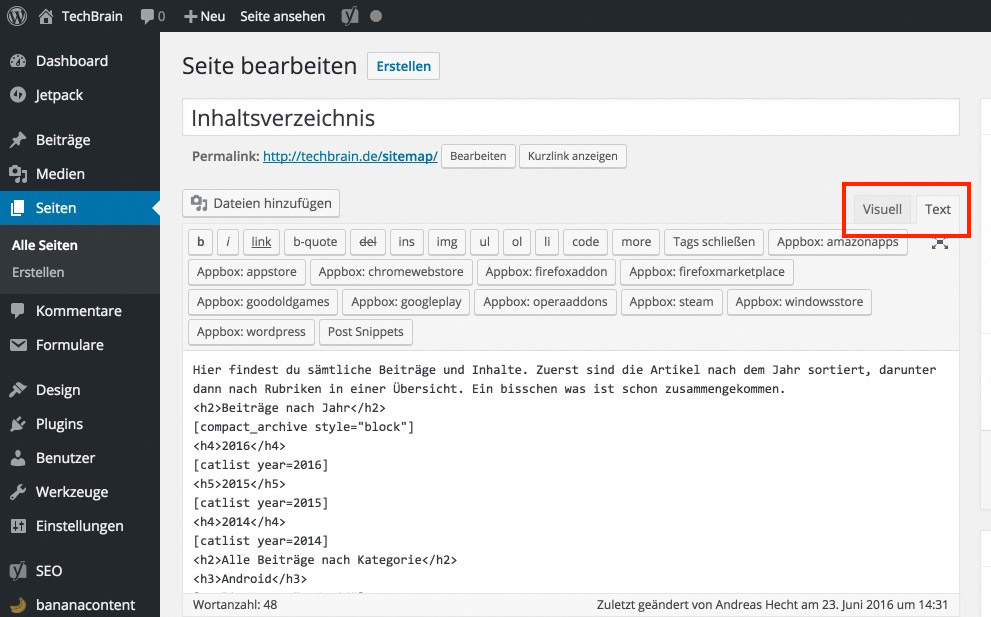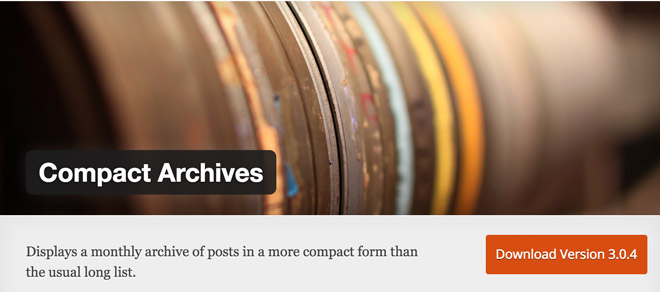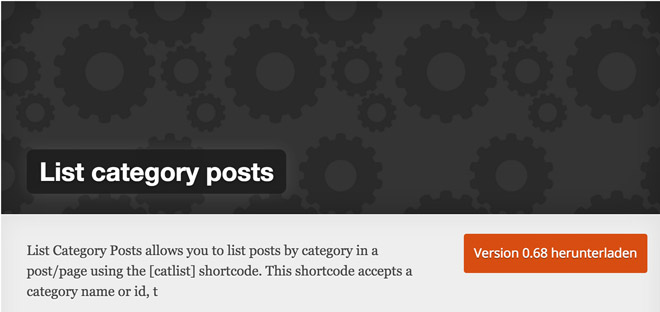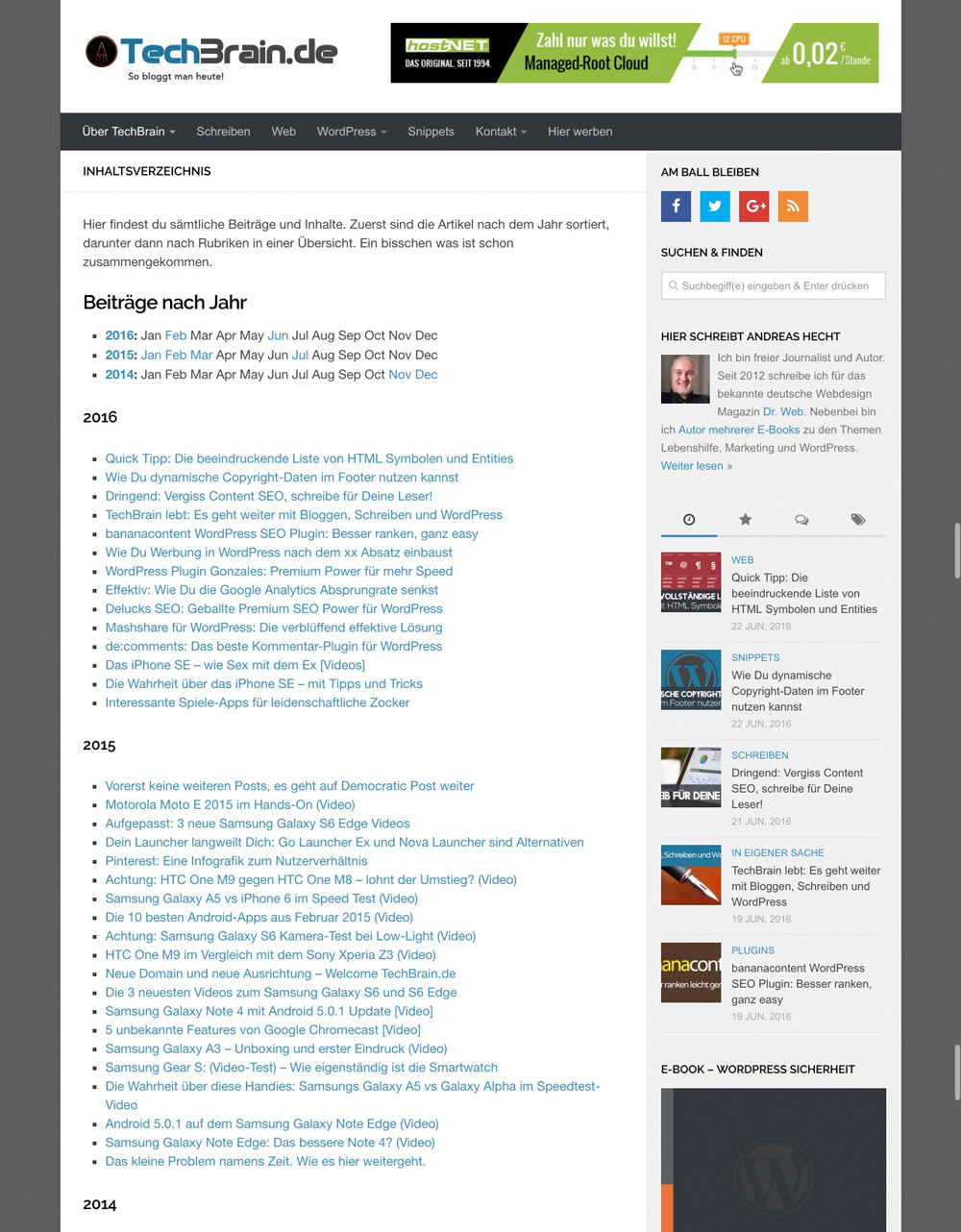Sitemap With WordPress: A Table of Contents for Your Readers
A professional blog is not only useful because it offers valuable content that the visitors like to read. Many other aspects also play a significant role when it comes to a professional appearance. One of them is the highest possible user-friendliness, as a good blogger will always think about his visitors first. To allow them to find the information they’re looking for as fast as possible, a sitemap for your blog makes sense.
A sitemap is very useful for your readers. They have an overview of all options that help them find the desired information as fast as possible. There’s no reason to not offer this service to your visitors as the sitemap itself is created very quickly. The structuring of your site before will require quite a bit of brainpower.
Before getting started, consider the following: you need to set yourself apart from the many blogs that already deal with your topics. Thus, it is necessary to empathize with your visitors and ask yourself what would help you on a stranger’s blog.
By the way: I’m not talking about the XML sitemap that Google and other search engines can access to better index your website.
Creating a Good Sitemap – How to
A sitemap for your visitors should contain the following elements:
- An option to search for articles depending on year and month
- A certain amount of articles per year should be displayed – maybe the last twenty
- All articles categorized
- All pages that you use in the theme
- All categories with an RSS feed
This allocation gives your visitors a bunch of well-structured options to find the desired information. Two free plugins and a WordPress function are necessary to create the sitemap described above.
It is possible to compile the entire table of contents in the WordPress text editor, and no template files need to be altered.
1 – Compact Archives
Compact Archives categorizes archives depending on year and month. It provides a simple shortcode that allows you to add your sitemaps according to your requirements.
- Developer: Syed Balkhi
- Work in progress: yes
- Latest version from: Eleven months ago
- Costs: free via WordPress.org
- License: GNU GENERAL PUBLIC LICENSE
- Known compatibility issues: unknown
- Developer Homepage: unknown
- Download on WordPress.org
2 – List category posts
This plugin provides lots of possibilities to set up a good sitemap, due to its plethora of shortcode configuration options. You get to categorize the articles depending on the year, month, category, tag, and many other characteristics. Here’s a full overview of the configuration variety of the shortcode.
- Developer: fernandobt
- Work in progress: yes
- Latest version from: three months ago
- Costs: free via WordPress.org
- License: GNU GENERAL PUBLIC LICENSE
- Known compatibility issues: unknown
- Developer Homepage: Unknown
- Download on WordPress.org
3 – Displaying all Categories With the RSS Feeds
The following code snippet belongs into the theme’s functions.php.
View the code on Gist.
Creating the Table of Contents (Sitemap) |
I promised you that you wouldn’t need to touch a template file to compile a good sitemap. Of course, I’ll keep my promise. Thus, go to the WordPress dashboard, choose “Create => Pages”, and set up a new page titled “Sitemap”.
To get started, write a couple of words explaining on your sorting, so that readers receive a first orientation on what and where they need to search.
1 – Listing Articles by Year and Month
First, I list up the articles by year and month. This list also shows me the months in which nothing was posted. Months and articles are not clickable here.
View the code on Gist.
[compact_archive style="block"]
2 – Listing all Articles by Their Respective Years
The shortcode displays all articles from the respective year. When there are too many articles, you should alter the amount of displayed posts.
< ?php [catlist year=2016] // or reducing the amount of posts [catlist year=2016 numberposts=-20] |
3 – Sort Articles by Category
For this, we use the slug – meaning the URL – of the category. IDs can be used as well.
< ?php [catlist name="wordpress"] // Or by ID [catlist id=20] |
Find all configuration options of the list category post shortcode on this site:
4 – Listing up all Categories With an RSS Feed
Now, the shortcode we created earlier will be put to use. It has no configuration options at all.
View the code on Gist.
Bonus: My Entire Configuration to Copy Into the Editor
If you aren’t sure how you can use shortcodes, just copy my configuration into the text area of the WordPress text editor. At this point, you will want to switch from the visual view to the text view:

The Gist With my Settings:
View the code on Gist.
Screenshot of the Final Result
Demo: TechBrain.de/sitemap/
Conclusion
Now link your sitemap prominently, so that your users will find it at first sight. That way you’ve already done a lot for user friendliness. On top of that, the advised table of contents should lower your bounce rate, and make Google happy, too.
(dpe)


